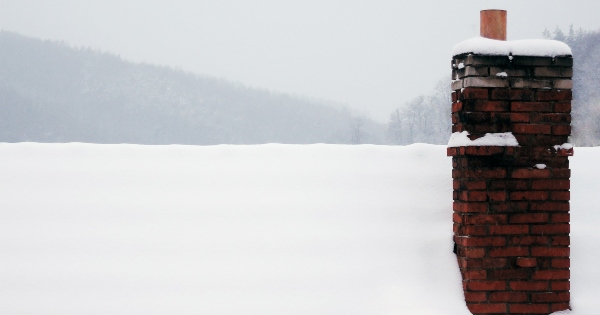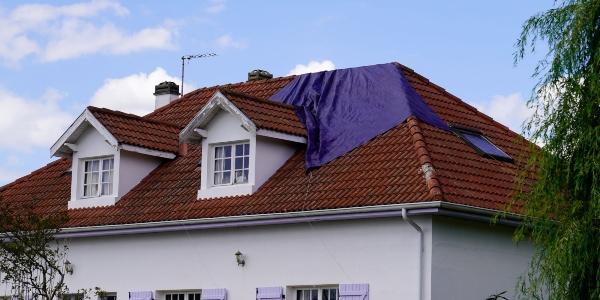5 Roof Care Tips

By PABCO.
Extend the life of your shingles with these suggestions for maintaining your roof.
Editors note: It is recommended that you hire a professional to clean your roof.
As a homeowner, we know just how much you want to extend your roof’s life as long as possible. While you may be taught how to maintain the inside of your home, rarely are we taught how to maintain one of the biggest parts of the home: the roof. As a homeowner, it is important that you know how to prioritize preventative roof care and maintenance so that you can protect your investment. Read on to learn how to best take care of your roof.
Why should homeowners prioritize roof care?
A regional climate can have a large impact on the roof — and therefore, how you take care of the roof. Here is what to look for based on what region you’re in.
Pacific northwest region
For example, homeowners who live in the northwestern part of America are no stranger to moss and algae build up — it’s on our driveways, our cars, and of course, our roofs. This build up is different from the trendy “green roofs” you may find on commercial office buildings, as it might point to costly roof repairs in the near future.
Let’s talk about the moss
Moss thrives in moist environments, so it’s no surprise that a homeowner will find moss on the shady parts of the roof — especially under overhanging tree branches. Moss can be detrimental to asphalt shingles, causing shingle edges to lift up. This shingle curling can result in blow off during high-wind events and/or water build up due to improper drainage. Both of these incidents can cause moisture damage to the roof.
Let’s talk about the algae
Although many may attribute discolored streaks on a roof to mold or mildew, it’s actually algae build up. This algae can be transferred by way of wind or animals that track the deposits throughout a neighborhood. Fortunately, this algae build up isn’t known for being as damaging as moss and is usually just an eyesore. However, the effects of algae build up may differ depending on what type of shingles they have.
Southwestern region
The south is sunny and prone to long stints with limited rainfall. It’s safe to say homeowners don’t have to worry about excessive moss build up but will have to battle warmer temperatures and unrelenting sun. That’s why many homeowners in this region opt for heat absorbing or reflecting roofing options, like tile or solar reflective shingles. That leads us to our next point…
Your shingles determine your level of care
For example: If you’re using solar reflective shingles to reduce the impacts of the sun heating up your home, algae is not your friend. Despite being an aesthetic eye sore, algae can prevent the reflective properties of a roof from performing to its full potential, undermining efforts to keep electric costs low.
No matter what type of shingles you use on the roof, it’s important to be aware of the warranty and appropriate preventative measures for that type of roof so that you can keep your repair costs to a minimum.
A roof contributes to your home’s value
Aside from costly repairs, your roof also plays a large role in your home’s value. In today’s housing-market boom, you may be inclined to list your house. The state of your roof can impact the closing price on your sale. Zillow found that houses with unsightly or damaged roofs may encounter fewer offers, a longer sale process and even a reduced offer price.
PABCO’s top five roof care tips
1 - Clear the air. One of the best ways to prevent algae, mold and moisture on a roof is by clearing low-hanging branches and ensuring your roof can dry out.
2 - Clear debris. Branches and nearby trees may also deposit leaves and bark onto a roof, especially during the fall season. If you see debris piling up on the roof, it’s imperative that you clear them to prevent moisture build up and eliminate a food source for moss.
3 - Maximize air flow. Clearing debris and overhanging limbs ensures maximum airflow running down the slope of the roof. This is imperative for preventing moss build up.
4 - Prevent water pooling. When you clear the debris on a roof, you should also check for pooling water — especially on roof structures that don’t have a sufficient slope. If you’re noticing water build up, you should check the roof deck for depressions and also check your gutters to ensure proper drainage.
5 - Take on the algae. Even if you do all of this, you may still notice algae build up on your roof due to natural transfers. Before purchasing an algae fighting solution at the hardware store, check your manufacturer’s recommendations since many commercial algaecides can harm your roof and void your warranty, even if they claim to be safe for roofs.
Have a question? AskARoofer.
Find your local roofing contractor in the RoofersCoffeeShop® Contractor Directory.
Original article source: PABCO









Comments
Leave a Reply
Have an account? Login to leave a comment!
Sign In